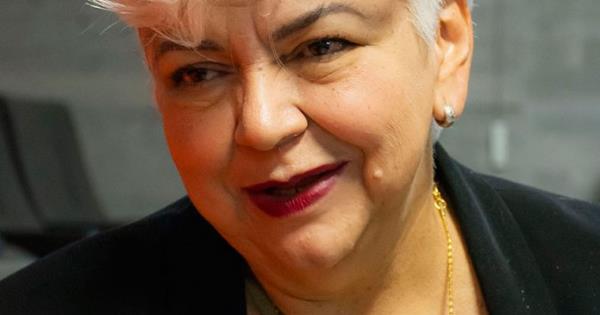Distinguished Autonomous University of Puebla (BUAP) Professor Dr. Elsa Chavira Martínez, on a recent visit to the Institute of Physics of the UASLP, made a call to those responsible for finances in government agencies, educational and research institutions and investors, investing in science and technological development.
He acknowledged that there are Mexican talents in universities who are interested in space projects, have a clear goal and are ready to compete, “I believe that the critical mass of graduates of public and private universities have the ability, training and competitiveness to face highly qualified professionals from other countries.”
The researcher attached to the Faculty of Computer Science at BUAP, commented that her interest in space issues comes from when she was young, as her father was the astronomer Enrique Chavira Navarrete, which is why she was always involved in the issues of the explosion and blue stars. , where he said that “My father’s contribution was modern cosmogony, the discovery of a comet named Haro Chavira, by Guillermo Haro and Enrique Chavira, in 1957”.
Chavira Martínez said that when they finished the robotic pianist Don Coco El Guapo, the Ministry of Communications and Transport invited her, through the Mexican Institute of Communications, to work on the design, development and launch of the Satex-1 satellite, in accordance with it to develop the solar cells that feed those subsystems.
Then, in 1994, the high-efficiency solar cells used in the Mexican Satex-1 experimental satellite were designed, developed and built. Monocrystalline silicon alloys were grown with the Czochralski technique and the wafers were obtained at the Experimental Silicon Plant of the Microelectronics Department of the BUAP Institute of Science.
“Thermal diffusion processes were performed at the Microelectronics Laboratory of the National Institute of Astrophysics, Optics, and Electronics (INAOE)”.
He added that the solar cells make up 25 percent of the energy supply for the satellite, “recharging the nickel-cadmium batteries to connect them to the power source by prior comparison of the voltage levels provided by the solar panels, and this with the integrated circuit system called COMPA.” , protected from radiation and the effects of a lac-up.”
Finally, Dr. Elsa Chavira Martínez stated that in public universities the study plans and programs are renewed every five years, and because the space issue is advancing, workshops, certifications and summer courses for young people and teachers are updated.





